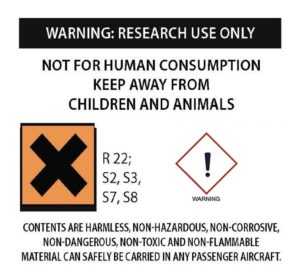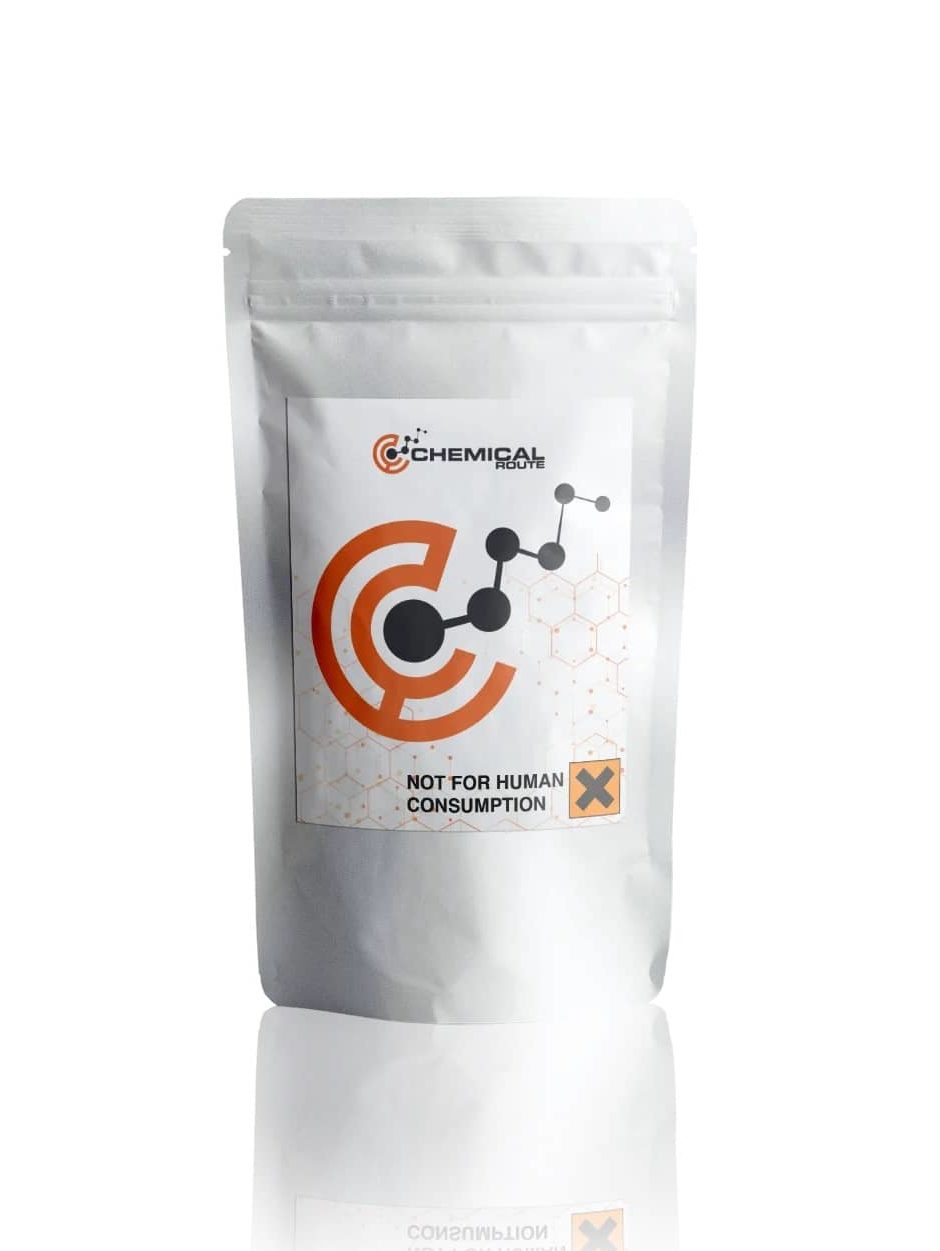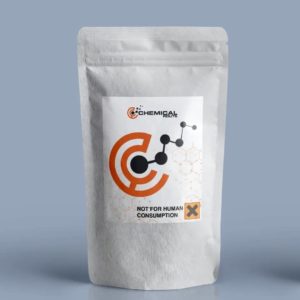Description
2C-D, 2C-M, 2,5-dimethoxy-4-methylphenethylamine
Product information
IUPAC-name 2,5-
Synonyms 2C-D, 2C-M, 2,5-dimethoxy-4-methylphenethylamine, 2C D, 2C M
Formal name 2,5-
Cas number 25505-65-1
Formula C11H17NO2 • HCl
Formula Weight 231.7
Purity 99.0 % min.
Formulations A neat solid, Powder
Solubility
- DMF: 5 mg/ml
- DMSO: 14 mg/ml
- Ethanol: 14 mg/ml
- PBS (pH 7.2): 10 mg/ml
2C-D, 2C-M, 2,5-dimethoxy-4-methylphenethylamine, 2C D, 2C M
Phenethylamines are synthetic compounds that can produce short-term psychedelic effects when ingested. The main psychoactive substance of this class is 2,5-dimethylphenethylamine, which is also known as 2C-M, LE-25, or 2C-D. Its cognitive and sensory effects are similar to those of mescaline, though its duration is shorter.
The first known synthesis of 2C-D was performed in 1970. Alexander Shulgin’s initial experiments with the substance were performed in 1964.
According to some users, 2C-D is more comfortable to handle and calm down on the body than other phenethylamines. Its lucid and analytical quality can also be maintained even as its dose is increased. Although it is not particularly visual or euphoric, it is still able to retain its quality even when the dose is increased.
There have been mixed results when it comes to experimenting with the use of 2C-D as a potential nootropic.
Today, 2C-D is commonly used as an entheogen and recreational substance. It is not sold on the streets and is only available through online retailers.
Learn More
The first report of the synthesis of 2C-D came in 1970 from a team led by Alexander Shulgin of the Texas Research Institute for Mental Sciences. In 1964, the first trials were carried out on a small scale. From 1974 to 1978, further studies were carried out on the chemical by Shulgin and his colleagues. The name of the chemical “2C-D” comes from its structure.
Shulgin referred to 2C-D as a “pharmacological tofu,” which means that it can potentiate or extend the effects of other substances without causing too much coloring. Some people, however, believe that it is an unsuitable addition to the list of commonly used psychedelics. Others, on the other hand, hold that it is an unusually versatile chemical.
Despite promising results in studies on the use of 2C-D in psychotherapy, it has not been widely used. This is because the lack of widespread use is attributed to the relatively limited number of substances available on the market. The advent of the internet also made it easier for people to explore the various uses of phenethylamines. However, finding and purchasing these chemicals can be very challenging.
Chemistry
2C-D is a substituted phenethylamine that is produced by a phenyl ring that is bound to an NH2 group through an ethyl chain. It has various functional groups, such as methoxy groups CH3O and R4.
2C-D is part of the 2C family of ethylamines, which are composed of methoxy groups on the benzene ring.
Pharmacology
The mechanism by which 2C-D’s psychoactive effects are produced remains unclear. It’s believed that the drug’s ability to activate the 5-HT2A receptor is the reason why it can cause psychedelic effects.
The toxicological and physiological properties of this compound has not been analyzed. Usage of this Chemical should be for research and forensic purposes only.
WARNING This product is not for human or veterinary use.

This product is only available to persons of 21 years old and above.
Hazard statement(s)
| H302 | Harmful if swallowed |
| H315 | Causes skin irritation |
| H319 | Causes serious eye irritation |
| H332 | Harmful if inhaled |
| H335 | cause respiratory irritation |
| H336 | cause drowsiness or dizziness |
| Precautionary statement(s) | |
| P264 | Wash hands thoroughly after handling |
| P280 | protective gloves/protective clothing/eye protection/face protection |
| P305 + P351 + P338 | IF IN EYES: Rinse cautiously with for several minutes. Remove contact lenses, if present and easy to do. Continue rinsing. |
| P337 + P313 | If eye irritation persists: Get medical advice/attention |
| P261 | Avoid breathing dust/ fume/ gas/ mist/ vapors/ spray |
| P271 | Use only outdoors or in a well-ventilated area |
| P304 + P340 | IF INHALED: Remove victim to fresh air and keep at rest in a position comfortable for breathing |
| P312 | Call a POISON CENTER or doctor/physician if you feel unwell |
| P403 + P233 | Store in a well-ventilated place. Keep container tightly closed |
| P405 | Store locked up |
| P501 | Dispose of contents/container to a licensed disposal company |



Reviews
There are no reviews yet.